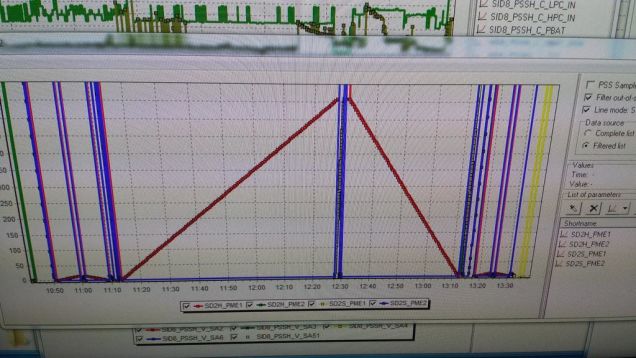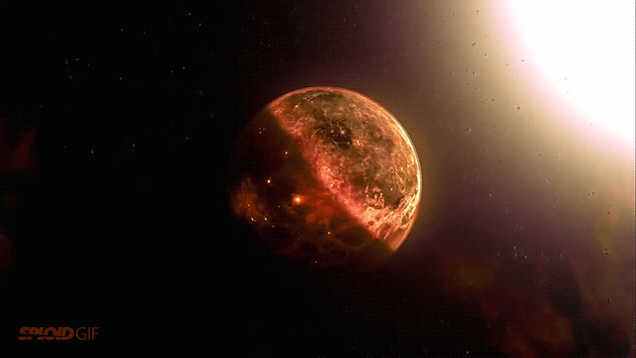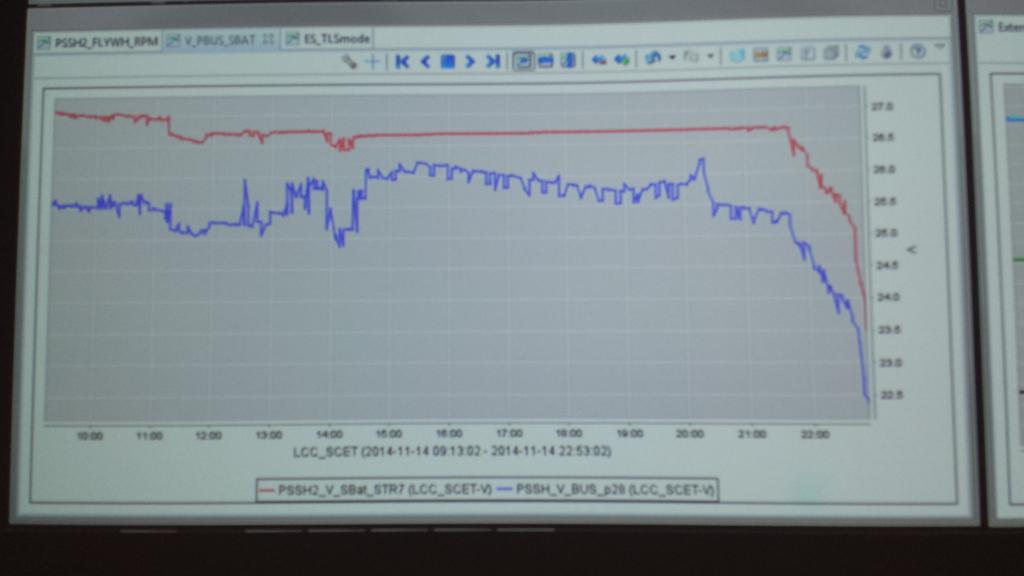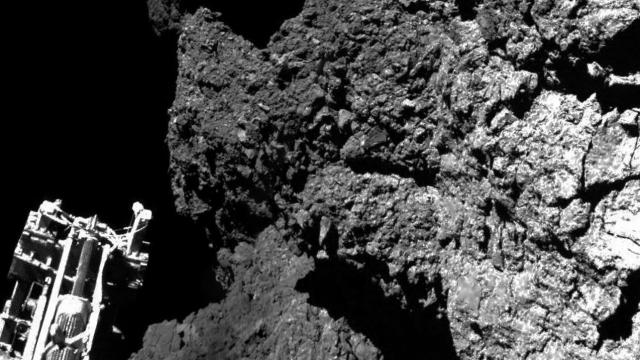Against all odds, Philae has confirmed that the first ever drilling of a comet has happened! ESA has received telemetry data indicating that the drill worked. They also managed to send ALL data before going into sleep mode. What is Philae going to find? Perhaps the building blocks of life?

This is to me the most exciting part of this mission: COSAC — the Cometary Sampling and Composition experiment — is now going to analyse the soil grabbed by the drill in search of complex organic molecules. If they find them, it will be further proof than planetary life — or at least the building blocks for it — could travel across the universe in a process known as panspermia.

What is panspermia?
Basically, panspermia is the hypothesis that says that life or its building blocks could have originated in other places across galaxies and planetary systems, travelling through space in comets and asteroids that resulted from collisions. It sounds like a crazy concept, but NASA planetary scientist Chris McKay explained in this io9 article why this is a perfectly valid hypothesis that requires further investigation:
1. The geological evidence for the earliest life on Earth is very early, soon after the end of the late bombardment. There is good evidence for life on Earth at 3.5 billion years ago, indirect evidence at 3.8 billion. The end of the late heavy bombardment is 3.8 billion years ago.
2. The genetic evidence indicates that the last universal common ancestor (LUCA) of life could have been roughly 3.5 billion years ago (but with large uncertainties) and that LUCA was a fairly sophisticated life form in terms of metabolic and genetic capabilities.
1 and 2 together give the impression that life appeared on Earth soon after the formation of suitable environments and it appears to have come in being remarkably developed – like Athena born fully formed from the head of Zeus.
3. Rocks from Mars have traveled to Earth and the internal temperatures experienced in these rocks during this trip would not have sterilized the interiors. Thus in principle life can be carried from Mars to Earth.
4. Mars did not suffer the large Moon-forming impact that would have been detrimental to the early development of life on Earth.
3 and 4 have lead to the suggestion that Mars would have been a better place for life to start in the early Solar System and it could have then been carried to Earth via meteorites.
5. Organic molecules are widespread in comets, asteroids, and the interstellar medium.
6. Comets could have supported subsurface liquid water environments soon after their formation due to internal heating by decay of radioactive aluminium.
7. As comets move past the Earth they shed dust which settles into Earth’s atmosphere.
5, 6 and 7 have lead to the suggestion that life could have started in the interstellar medium or in small bodies such as comets and then been carried to the Earth by comet dust.
So, yes panspermia is a valid scientific hypotheses and warrants further investigation.
Lander updates
In other good news, ESA has confirmed that the rotation manoeuvre has been successful: Philae has turned 35 degrees! “Looks like a whole new comet from this angle!” they say. Looking forward for the new pictures, but especially from the data from COSAC.

Update 1:
ESA Operations confirms that Philae’s battery is dying quickly:” Communication link with Philae remains good. Teams working to download as much data as possible before battery depleted.” Sad news, everyone.
We may never know the results unless the panels get some sun.
Update 2: Philae is reporting that all data collected has been downloaded. It says it’s a 100% successful mission, but it’s not clear yet if data from COSAC has been downloaded yet.
Update 3: ESA Operations reports that Philae is not dead yet and they just switched it to standy mode to save whatever energy is left. Here’s hoping those panels get some power in for the next pass.
Update 4: ESA seems pretty optimistic that the lander would survive past a period of sleep, at least judging by these tweets.
https://twitter.com/hashtag/lifeonacomet?src=hash
They also added this through the Rosetta twitter accoun:
S’ok Philae, I’ve got it from here for now. Rest well…
So don’t discard Philae just yet! The little buddy is not dead. It’s just sleeping and it may wake up as the comet gets closer to the Sun and the solar panels get more power in.
Update 5: It’s official, Philae is sleeping.
With its batteries depleted and not enough sunlight available to recharge, Philae has fallen into ‘idle mode’ — a possibly long silence. In this mode, all instruments and most systems on board are shut down.
“Prior to falling silent, the lander was able to transmit all science data gathered during the First Science Sequence,” says DLR’s Stephan Ulamec, Lander manager, who was in the main control room at ESOC tonight.
“This machine performed magnificently under tough conditions, and we can be fully proud of the incredible scientific success Philae has delivered.”
Contact was lost at 00:36 UTC / 01:36 CET, not long before the scheduled communication loss that would have happened anyway as Rosetta orbited below the horizon.
From now on, no contact would be possible unless sufficient sunlight falls on the solar panels to generate enough power to wake it up. The possibility that this may happen was boosted this evening when mission controllers sent commands to rotate the lander’s main body, to which the solar panels are fixed. This may have exposed more panel area to sunlight.
The next possible communication slot begins on 15 November at about 10:00 UTC / 11:00 CET. The orbiter will listen for a signal, and will continue doing so when its orbit enables communication visibility.
Sleep well, little buddy. See you again when you get closer to home!
